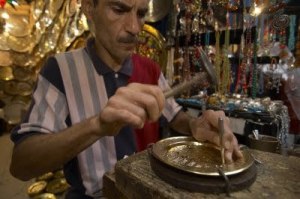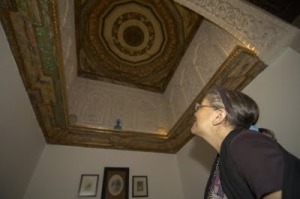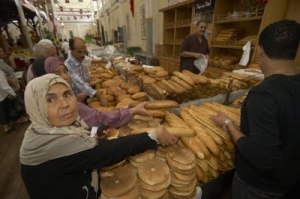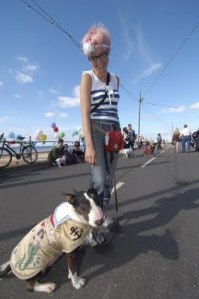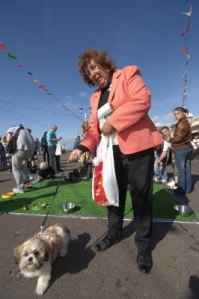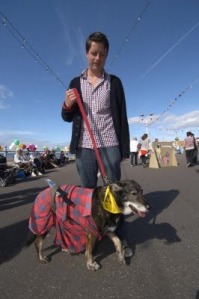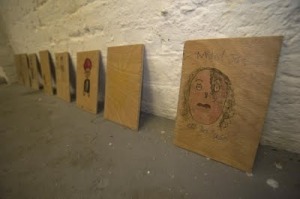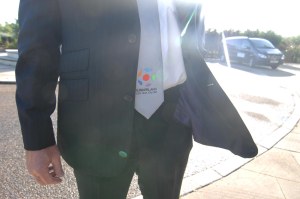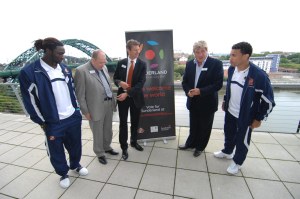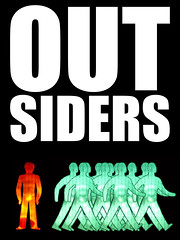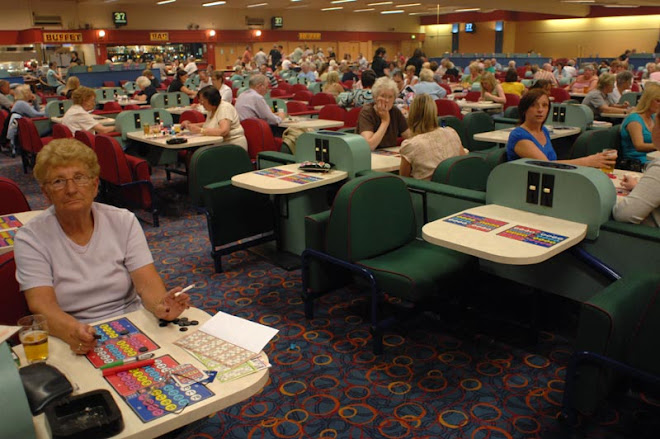Received a press release today from a public relations company called
Six Degrees on behalf of their client Serif.
It was offering photography tips for kids.
Started off a bit desperately (money is tight this summer/families can’t afford to take kids to theme parks/why not give them cheap digital cameras instead and it was sent with less than a week of the school summer holidays remaining.
Still the tips (below) reminded me of the workshop I did a few months back teaching journalists at
Trinity Mirror in Birmingham how to take decent images on their camera phones for their newspaper.
Here are the tips from Six degrees' press release:
“Top tips for little fingers:
1. Hold the camera still. It sounds obvious, but it’s a mistake
that many of us make, which is why sometimes our pictures can look a little blurry! Make sure your child is holding the camera completely still in order to get a clear shot.
2. Heads-up. Make sure you’re standing far enough back to get
everyone into the shot, or zoom in/out to avoid chopping their heads off!
3. Bright light!! The light is your friend, use it carefully and you will achieve some great pictures. Just make sure it’s behind you rather than in front as this may cause over-exposure.
4. Get creative and clever. Use photo editing software like Serif’s PhotoPlus X3, which allows you to adjust your photo’s colouring, add black and white effects and even do retouching, like adding a suntan or whitening those teeth!
5. Sticky fingers! Avoid taking pictures straight after eating wet or sticky foods—the smallest amount of liquid can damage your camera (and the shot) so be careful!”
And just to prove that big fingers sometimes don’t have a clue what they are doing, these are some of the photos I used in my presentation to illustrate how not to take a photograph.




NOTE: After some exhaustive research I came to the conclusion that the consistently best-rated mobile phone for taking photos with was a Sony Ericsson Cyber-shot (mine’s the K810i, there are several in the Cyber-shot range).
